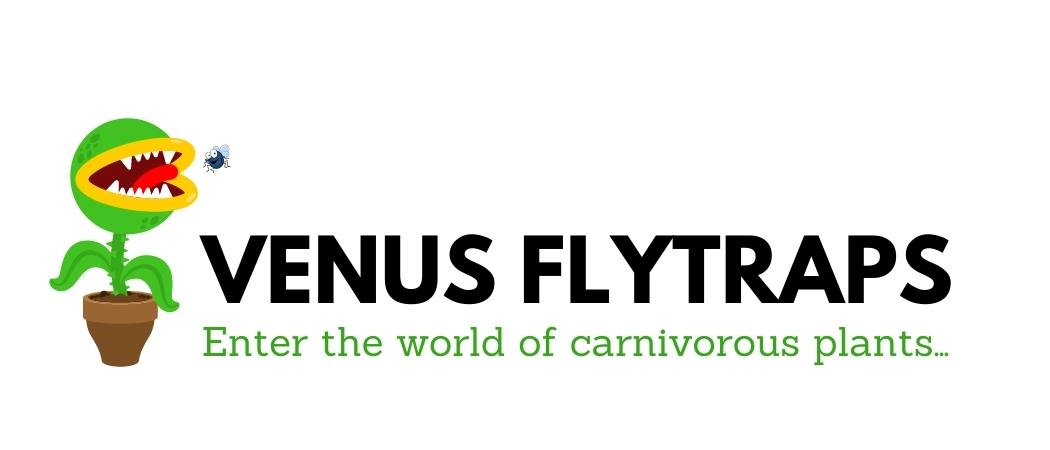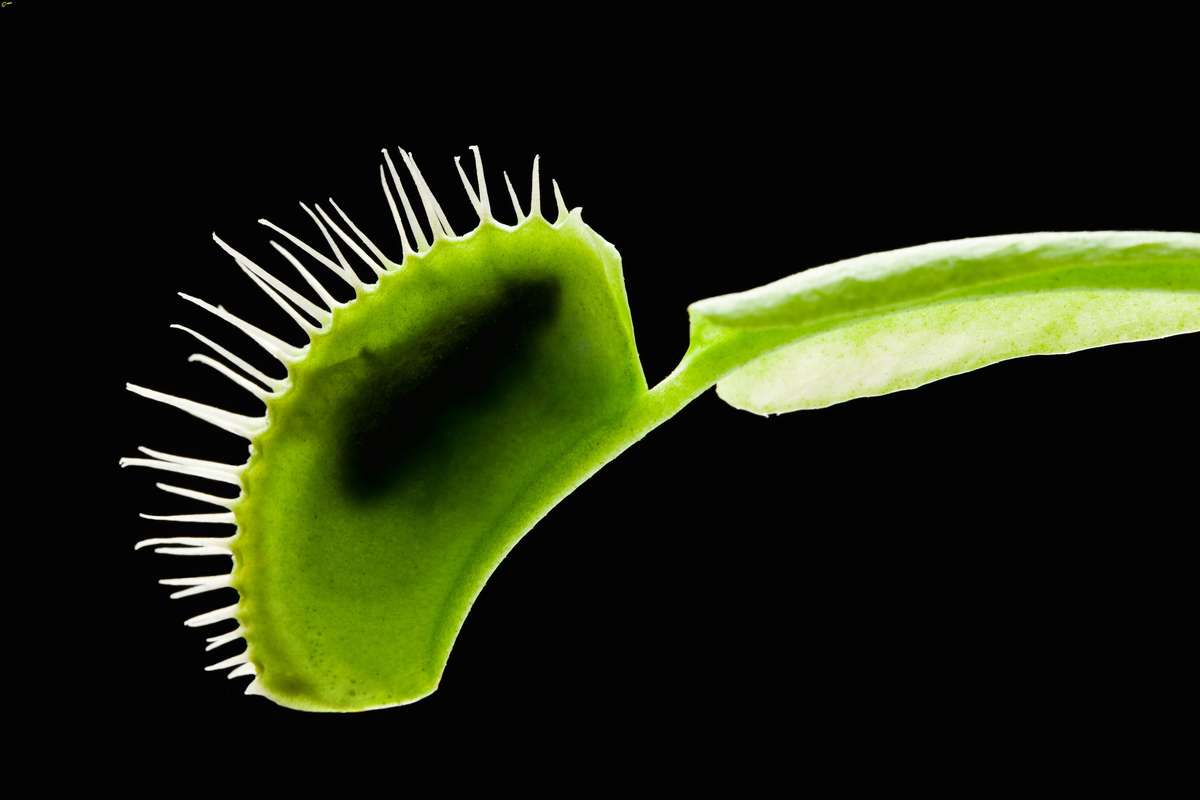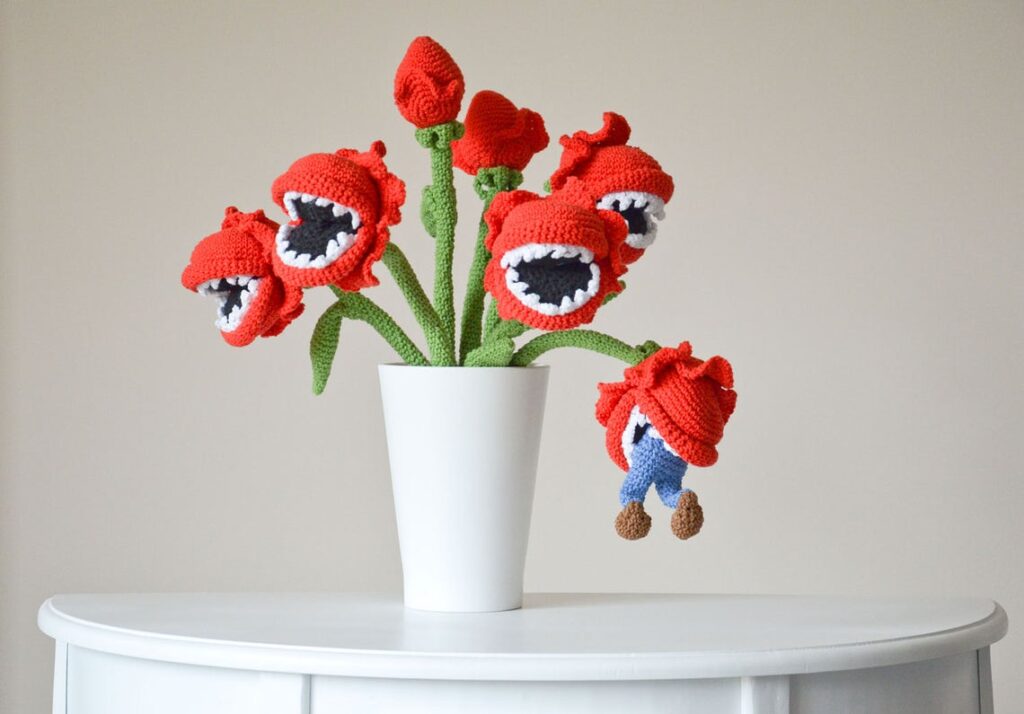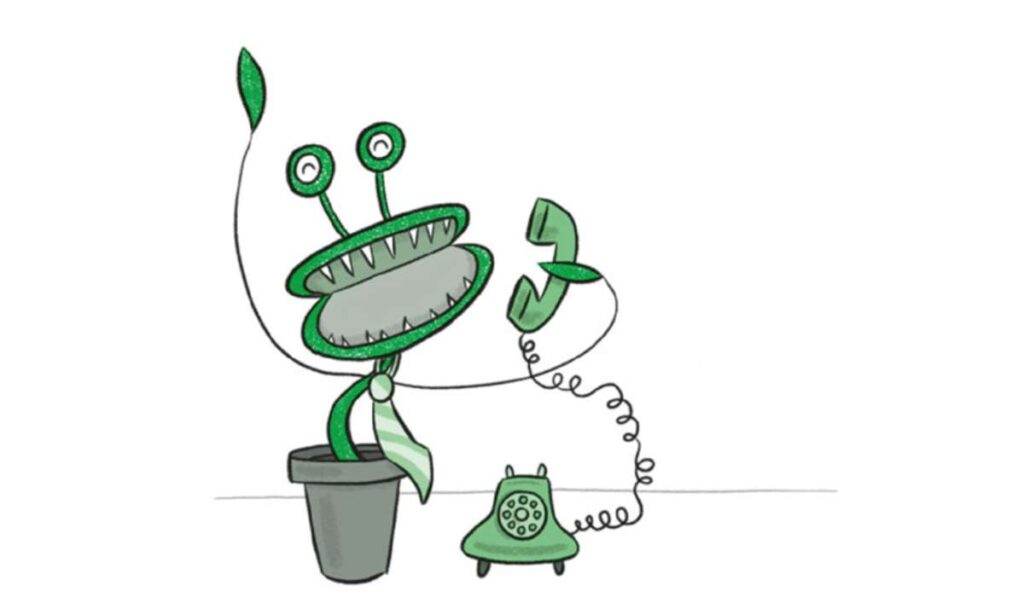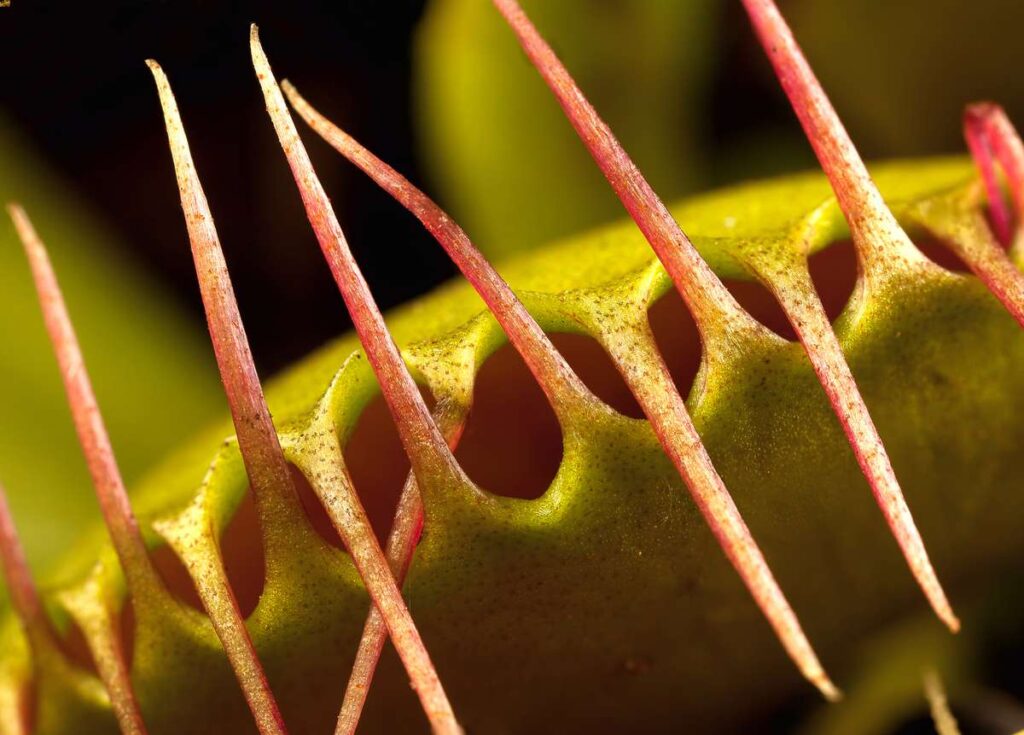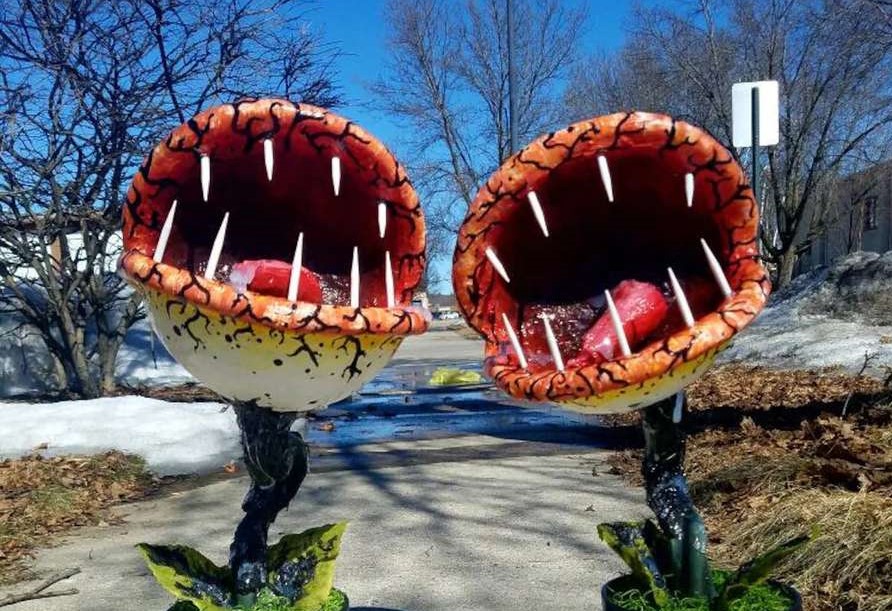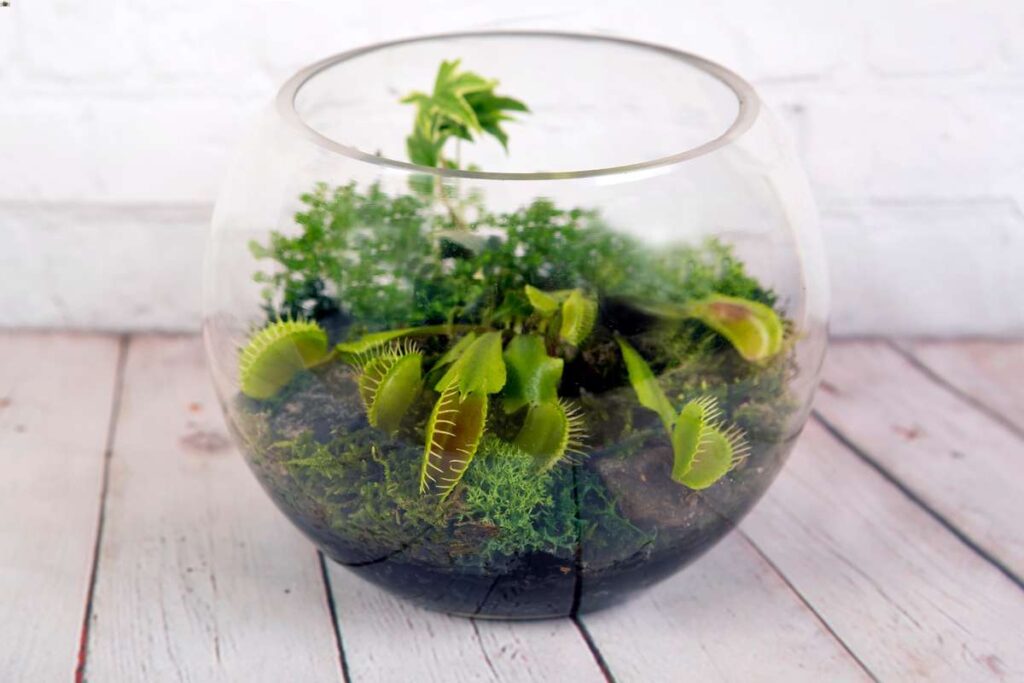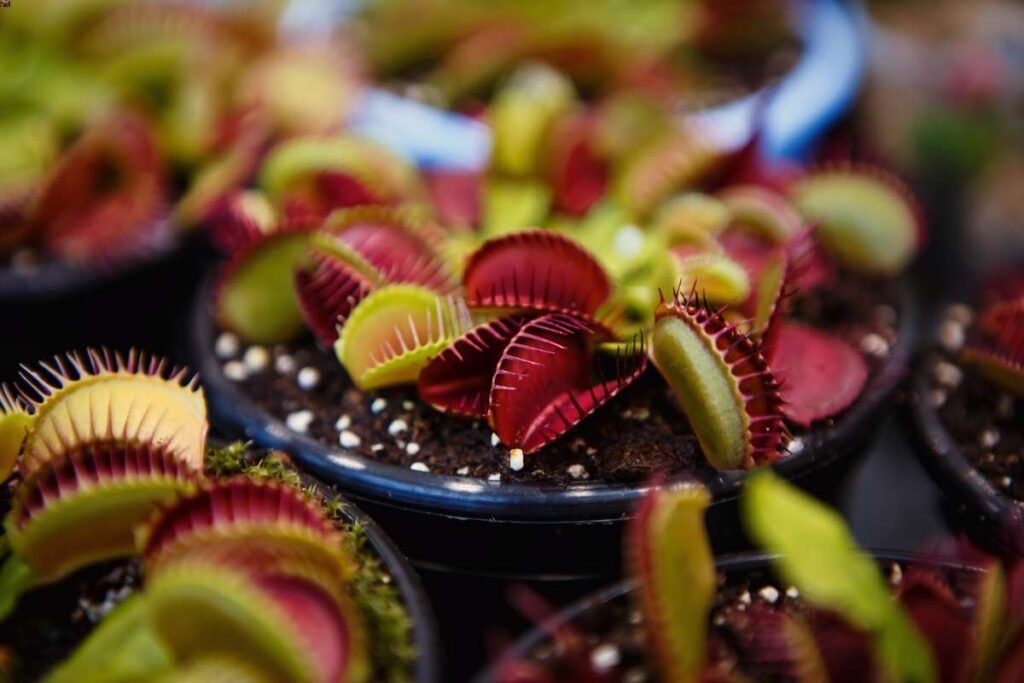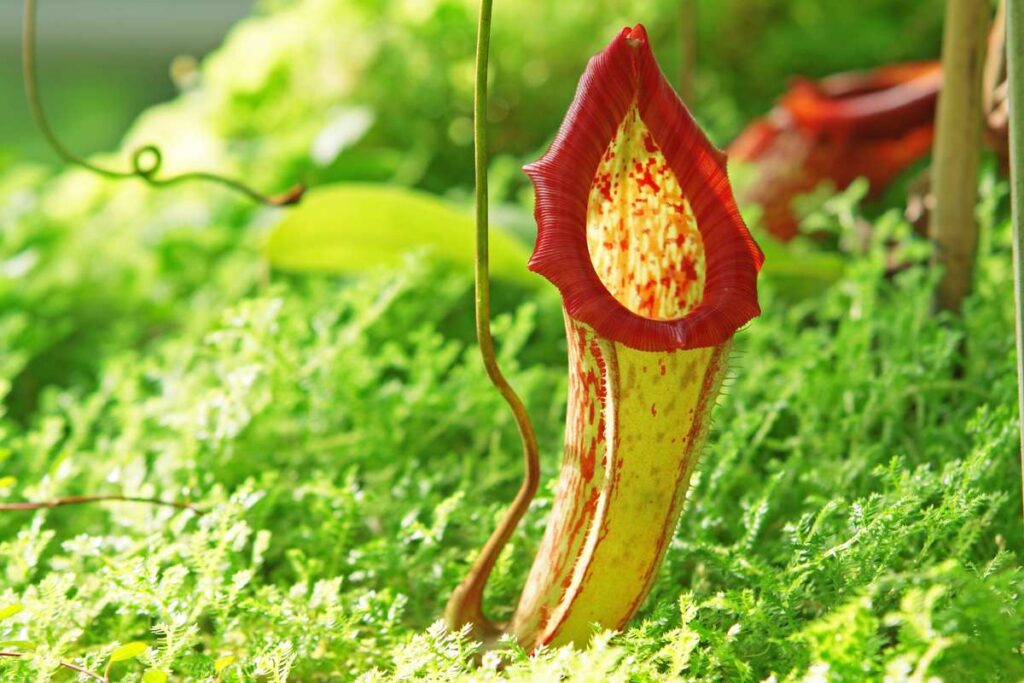In their natural habitat, Venus flytraps supplement their diet with many types of insects and arachnids. If you decide to grow a Venus flytrap outdoors, they generally can catch enough insects to fulfill their nutritional needs by themselves. However, if that is not an option due to your region’s climate, you have several other options as to what to feed your Venus flytrap.
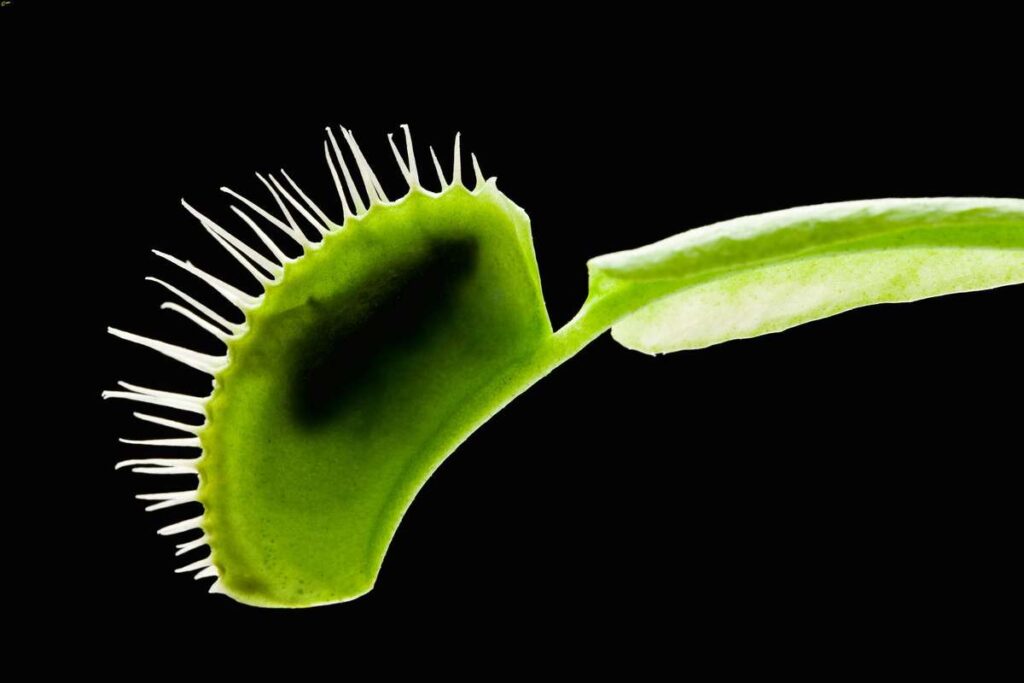
Although flytraps do prefer live insects, you may find that a bit of a hassle. If that is the case, you can often purchase dead or freeze-dried food to trick your flytrap into closing and digesting the food. For example, consider using a toothpick to gently tickle or stimulate the hairs through the trap’s gaps after the tray has closed. The trap should then quickly seal shut and begin the digestion process.
What Can You Feed a Venus Flytrap?
Only give flytraps insects that are small enough for the trap to close tightly enough to keep out bacteria. A rule of thumb is to use insects that are no larger than a third of the trap’s size (which are generally about 1″ big on a typical plant).
Venus flytraps may consume the following insects and other small organisms:
1. Flies
Do Venus flytraps eat flies? Yes! Although flies make up just a small part of a Venus flytrap’s diet in the wild, they are one of the most fun foods to feed your Venus flytrap.
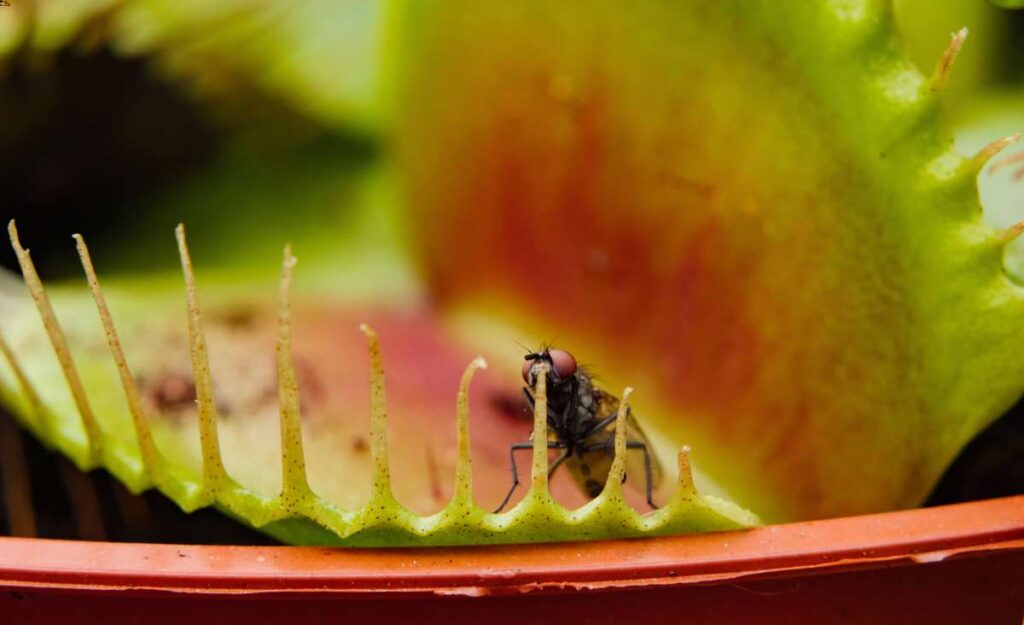
If you grow your Venus flytrap in a closed terrarium, you can release small flies into the terrarium. Its nectar will eventually attract the flies, and the flytrap will then trap the flies for feeding.
Venus flytraps love the extra humidity from a terrarium, but if you use a closed terrarium for your Venus flytrap, be careful about too much humidity as fungus may form.
2. Bloodworms
If you don’t want to wrestle with live flies, certain fly larvae, called bloodworms, are an easy option. Bloodworms are a few different types of worm, including the small red larvae from midge flies (Chironomidae) and the genus Glycera, a group of worms usually found in marine waters.
Many use bloodworms as fish bait, so they’re sold everywhere you can find fish food. They may be sold live, frozen, or freeze-dried. If the latter, before feeding them to your flytraps, you’ll want to apply a few drops of water to rehydrate and then sop up any extra moisture with a paper towel.
3. Mealworms
Mealworms are the larval form of the mealworm beetle and are a good source of nutrition for Venus flytraps. They are frequently sold at gardening stores, nurseries, and pet stores so can be a convenient choice. In some cases, you may have to cut the mealworms into small, more manageable pieces before feeding.
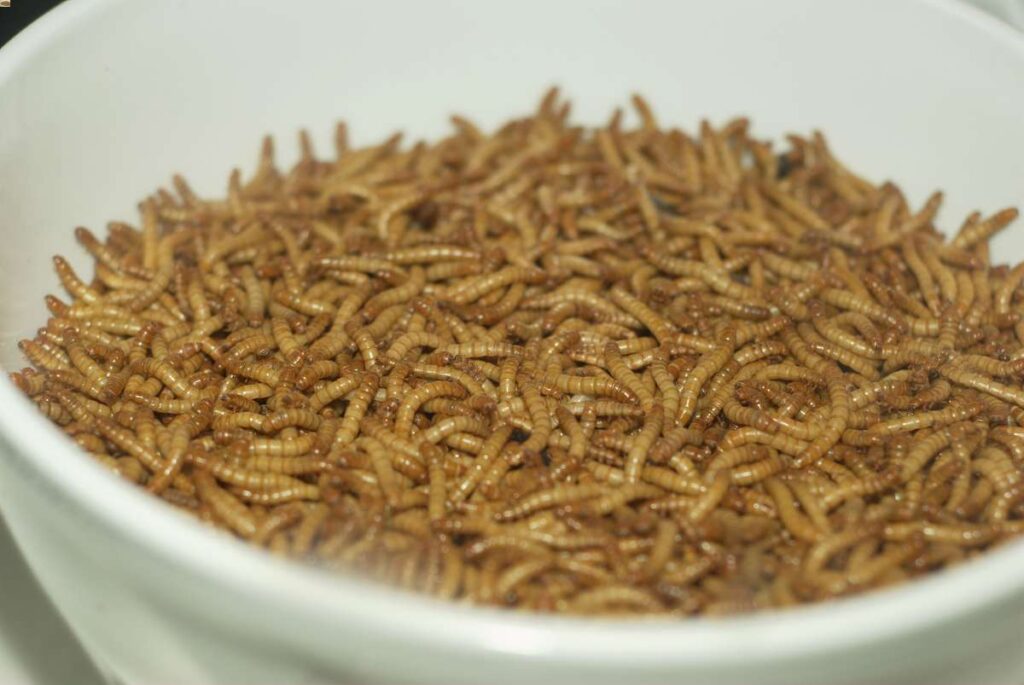
Freeze-dried mealworms are a great option if you’d prefer not to deal with live insects when feeding Venus flytraps. Place a few droplets of water onto the freeze-dried mealworms so that the food can rehydrate.
Once the mealworms are soaked in the moisture from the water, it’s important to use a paper towel to remove any excess water since tap water may be too high in salts and minerals for your flytraps. You can easily locate freeze-dried mealworms online and in pet stores.
If you’re going to feed your plants with live mealworms, be sure to cut off their heads to keep them from chewing through and damaging your flytraps.
4. Spiders
Many spider species are carnivores, trapping insects in their webs or hunting for prey. Rather than swallowing insects, they inject their prey with digestive fluids and then suck the liquefied remains. All spiders produce silk–although they do not all build spider webs. Spiders use the protein fiber to make eggs sacs, climb, tether themselves for protection, or wrap up prey.
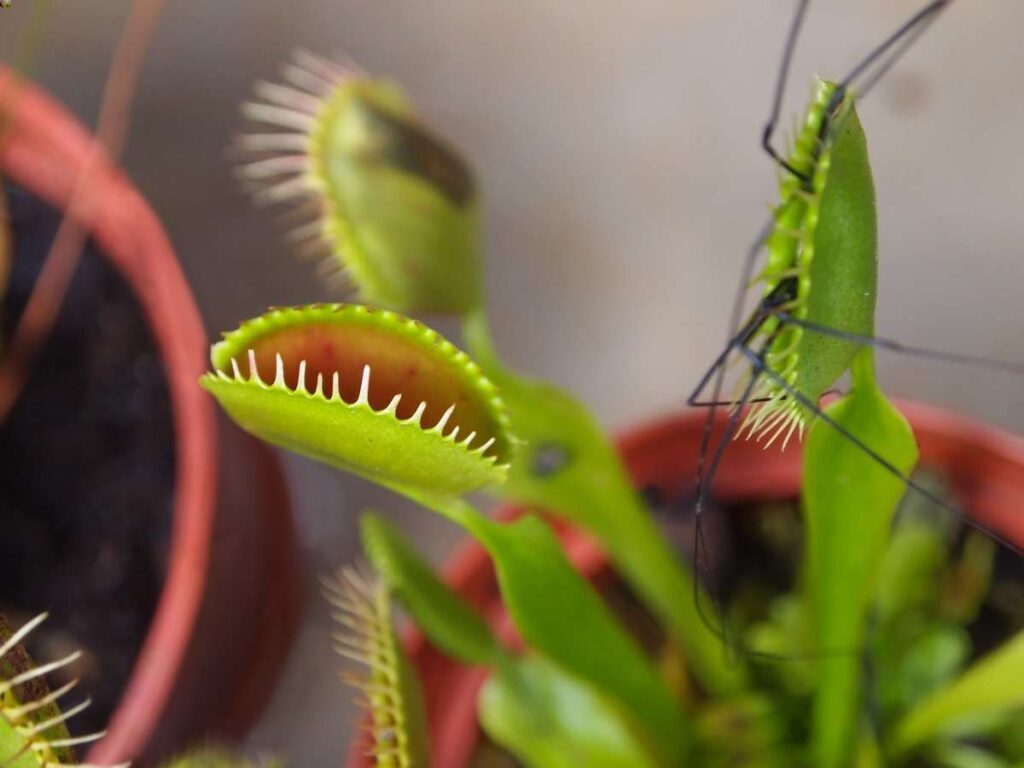
Spiders are a nutritious food for flytraps and comprise a large part of their natural diet. You may get lucky if your Venus flytrap traps one of your unwelcome house spiders. If you’d like to make your own luck, catch a live spider and make an introduction (just be sure the spider can’t get out!)
Like watching carnivorous plants eat bugs? Check out these awesome videos of Venus flytraps capturing insects!
5. Ants
In the wild, ants are the primary favorite food source for Venus flytraps, comprising a full third of their natural diet. This is good news for Venus flytrap enthusiasts as ants are easy to find and free.
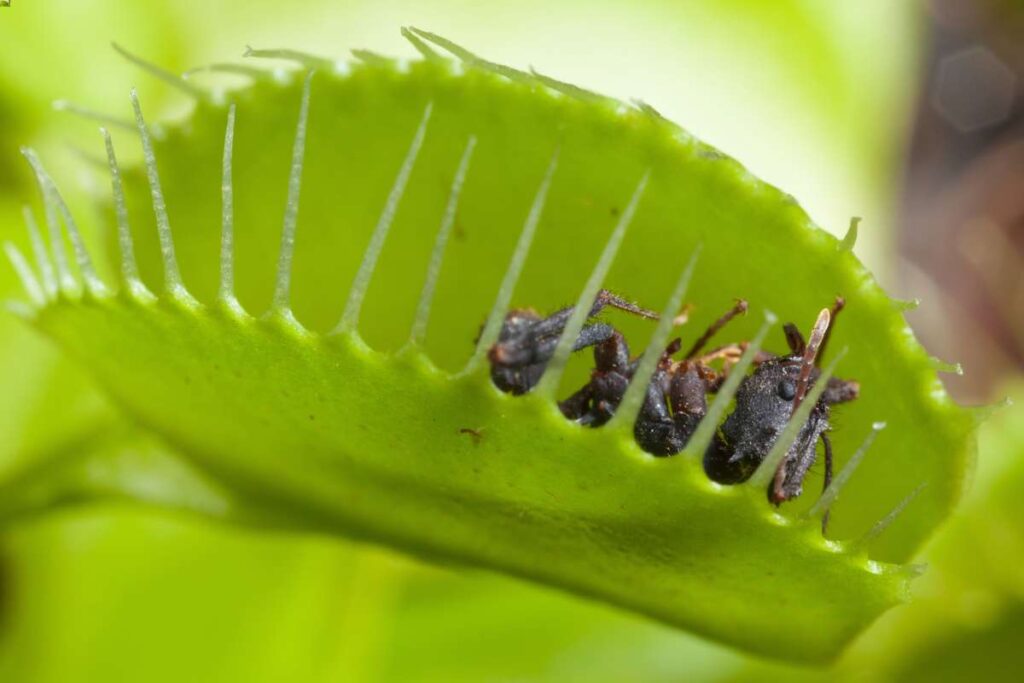
If you want to feed your Venus flytrap ants, just be sure your container will hold them so the ants cannot escape. A glass terrarium is a good fit for this purpose.
6. Crickets
Crickets belong to the Gryllidae family of leaping orthoptera insects and are best known for the distinct chirping notes made by the male when he rubs together specific areas of his forewings.
Small crickets can be a nutritious option for large Venus flytraps. Pet stores commonly sell live, fresh crickets for pet amphibians or reptiles. For convenience, you can also buy live crickets and dried crickets for sale online. Live crickets are sold by size, but it can be difficult to ascertain the size of the dried crickets.
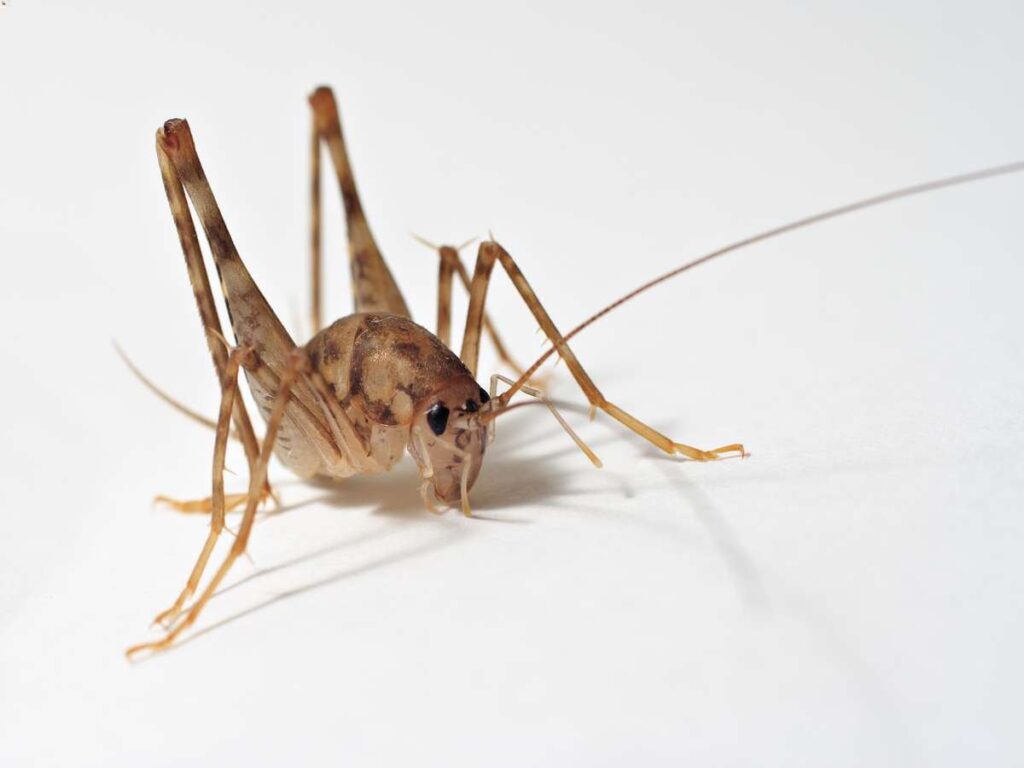
When buying crickets, keep in mind the rule of thumb that Venus flytrap food should be no bigger than 1/3 of the trap size).
7. Sunlight
As with other plants, the Venus flytrap obtains its energy through photosynthesis, the process through which green plants convert light energy into chemical energy. Plants capture light energy and use it to transform carbon dioxide, water, and minerals into oxygen and energy-rich organic compounds.
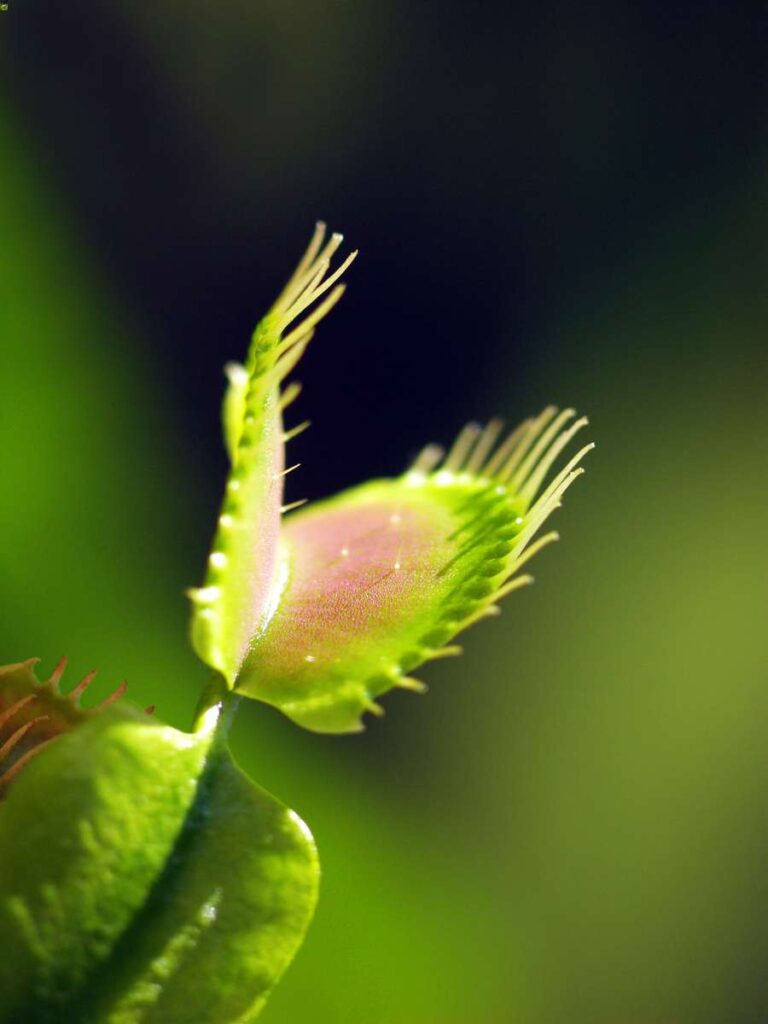
8. Soil
Venus flytraps supplement their diets with nitrogen-rich animal proteins obtained from insects, including those described above. But why do Venus flytraps eat insects in the first place? It’s because their natural habitat tends to have nutrient-poor soil.
It’s important that you use mineral and nutrient-free components within your soil since Venus flytraps are unable to process minerals or nutrients from the soil. Because they require wet to moist soil during warmer months and less moisture during winter dormancy, be sure to select potting with appropriate aeration and drainage.
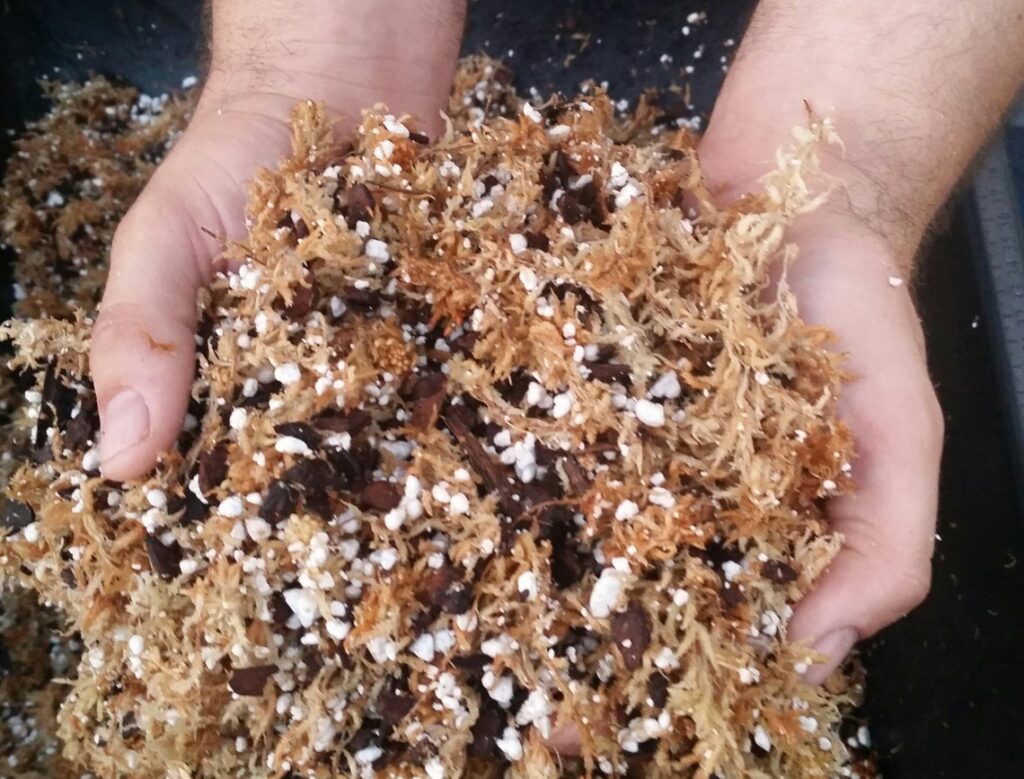
Regular gardening soil isn’t appropriate. Rather, carnivorous potting soil may include dried long-fibered sphagnum moss, live sphagnum moss, or a mixture of approximately three parts peat moss to one-part clean silica sand.
What Should You Not Feed to Venus Flytraps?
When feeding Venus flytraps, the don’ts are just as important as the dos:
- Never give your flytraps anything that they do not trap naturally, so you should not give them human food, such as meat. Your plant can’t digest the food, and its leaves may rot as a result.
- Avoid stimulating the trigger hairs to close a trap unless you are feeding it. Note that every trap can only open and fully close a few times during its lifespan.
- Never overfeed your plant. Two insects each month during its growing season should provide sufficient nutrition.
- Remember that you shouldn’t be feeding a Venus flytrap during its dormant season.
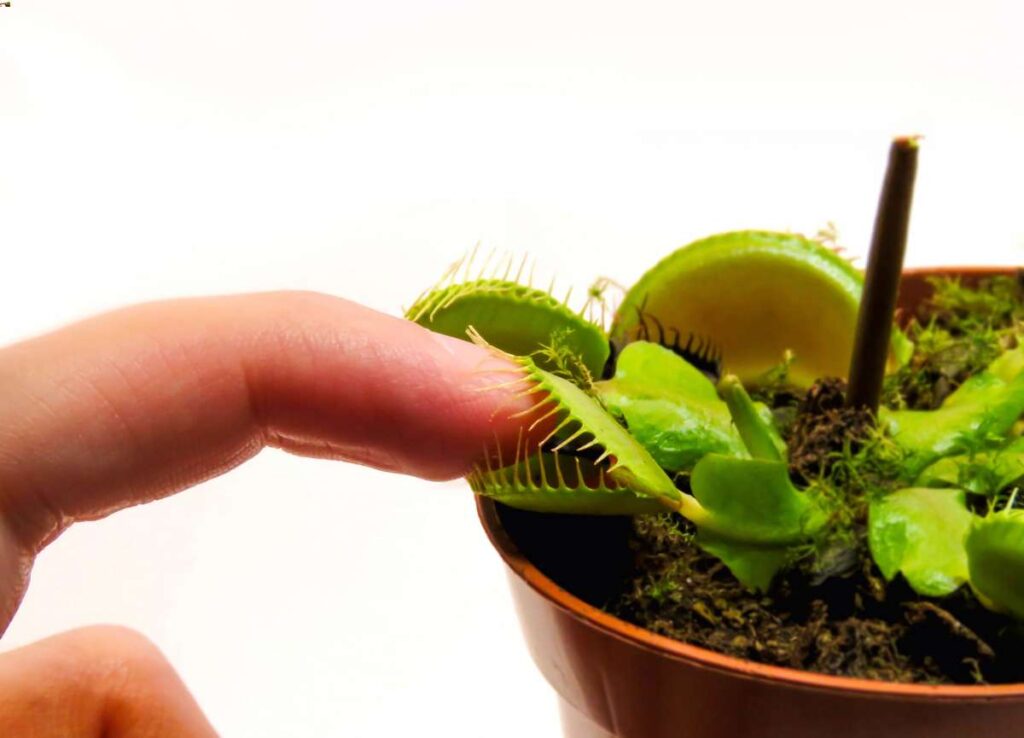
How Often Should I Feed My Venus Flytrap?
Note that Venus flytraps can go for long periods without eating insects, such as during dormant winter months. They require a cold winter dormancy period between November and February. Be careful not to overfeed your flytraps during growing season since they require just two insects each month to obtain sufficient nutrition.
If you grow your flytraps indoors, you will need to provide them a cold resting period that mimics their natural habitat. However, be aware that they still require plenty of sunlight.
